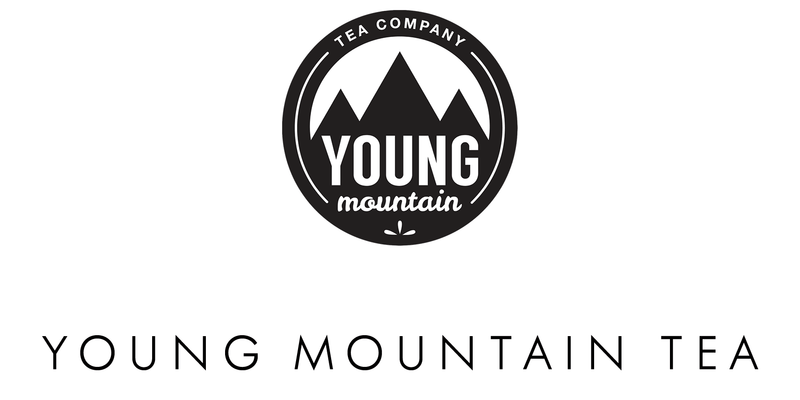Our Partnership with Avani to Cultivate Kumaon Tea/Why We Are Selling Makaibari Tea

This is the second post about the seven months I spent in India. The first talked about a trip to the Nilgiri region, and this one focuses on our partnership to cultivate tea alongside other high-value mountainous plants.
The setting for our story is the Kumaon region of North India. This region shares borders with Nepal to the east, Tibet to the north, and is the source of many rivers that flow south to irrigate India’s plains. Just near the border with Nepal is an organization named Avani, who works to create conservation-based livelihoods in remote mountainous communities.
I have been working with Avani for the last three years. Following my MS in June 2012, I headed to their campus, loaded with enough white tea to last my seven-month stay. Shortly after arriving, however, I realized I had over packed -- the bushes growing outside the kitchen were tea. Admiring them over cups of scorching hot gingery chai, the question “What if we grew our own tea?” surfaced.
I spoke to Avani’s co-founders, Rashmi and Rajnish, and they gave me directions to a nearby villages known to grow tea (“Hail a jeep and go straight until you see tea”). Over the next few weeks, I learned that the British had set up tea gardens throughout the Kumaon region in the 1800s. The plants did well in the new region, but the lack of the roads made it cost prohibitive to get the tea out of the mountains.
Around the same time, the British had success experimenting with growing tea closer to the major eastern port of Calcutta. As a result the Kumaon estates were abandoned in favor of what was to become the world’s most productive tea growing region, Assam.
Since then, the Kumaon road infrastructure has developed significantly. In the last 10 years, the potential for a new Indian tea region has been discussed and the Indian government started a few tea gardens locally. Talking to Rajnish and Rashmi in their kitchen, we reached an agreement: if Avani grew the tea, we would sell the tea in the US.
While I was learning about the Kumaon tea potential, it was coming along slowly due to my faulty Hindi. It wasn’t until I became good friends with Kailash, the head of Avani’s agriculture program, that things really took off.

Together we buzzed around the mountain ridges on his motorcycle, visiting local gardens, nurseries where saplings were being raised, and government officials involved in tea’s growth.
For our cultivation program to be successful, we wanted to link growing tea to Avani’s existing work. Here’s the idea we came up with: Avani uses locally-grown plants to make the dyes for their textiles, and is trying to also grow trees to host silk-producing worms. The plan is to have a three-tired approach, where the worm-hosting trees provide shade for the tea, which in turn provide shade for indigo and madder, two dye-yielding plants that Avani already uses.

Initially, our main challenges will be determining how to successfully cultivate different types of crops in the same plot. For example, tea is typically grown on slopes to drain the soil. This is to prevent the tea's roots from rotting, the most common problem we heard from tea garden managers. In contrast, madder prefers to grow along flat stretches as a vine. The solution is to build a ditch network throughout a terrace so the tea’s roots stay drained and the madder can still grow laterally.
As fate would have it, just as we realized we were going to need guidance, we made an important connection. The family that sells Avani’s textiles in Japan is also the sole Japanese representative for Makaibari Estate, a world-famous Darjeeling estate. Makaibari not only grows tea in a seven-tiered co-cultivation program, it is also a pioneer of organic and biodynamic practices.
We will plant the bushes during next year’s monsoon season. It takes tea bushes 2-3 years to reach the point where they can be harvested, and about 5-7 until they reach full maturity. During those years, we will learn from Makaibari and other responsible producers, and will be proudly selling their teas to support their pioneering work. Kailash will visit Makaibari this coming winter, and I’ll follow him a few months later. We're at the beginning of what we hope will one day be a new and more sustainable tea region for the country.


Leave a comment